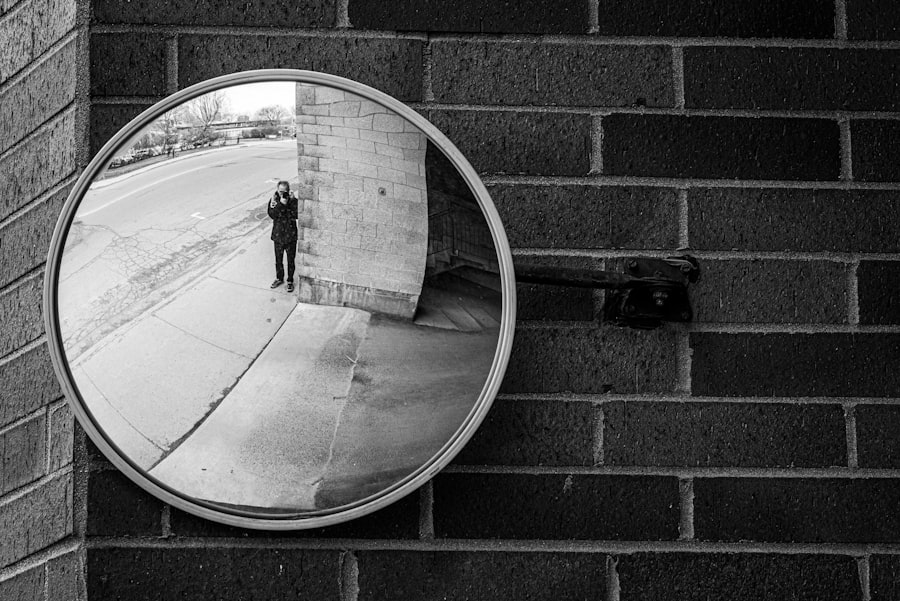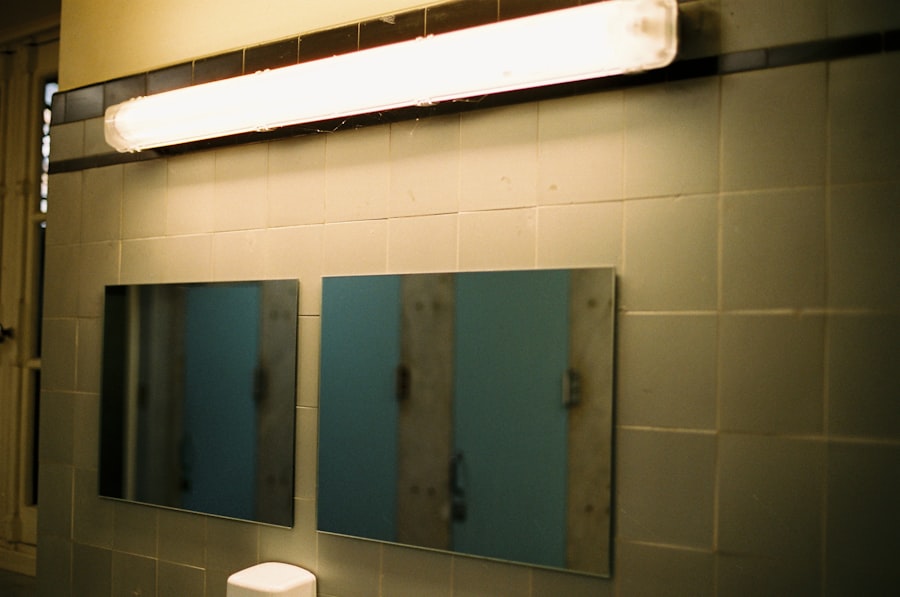The Hubble Space Telescope, launched on April 24, 1990, represents a monumental achievement in the field of astronomy and space exploration. Named after the renowned astronomer Edwin Hubble, who played a pivotal role in establishing the existence of galaxies beyond our own Milky Way, this telescope was designed to provide unprecedented views of the universe. The project was a collaborative effort between NASA and the European Space Agency (ESA), reflecting a commitment to international cooperation in scientific endeavors.
The vision for Hubble was ambitious: to create a space-based observatory that could operate above the distorting effects of Earth’s atmosphere, allowing for clearer and more detailed observations of celestial phenomena. The conception of Hubble began in the 1940s, but it wasn’t until the 1970s that serious plans were put into motion. The telescope was designed to be equipped with a suite of advanced instruments capable of capturing images across various wavelengths, including ultraviolet and infrared light.
This versatility was crucial for studying a wide range of astronomical objects, from nearby planets to distant galaxies. The launch of Hubble marked a new era in astronomy, as it promised to revolutionize our understanding of the cosmos and answer fundamental questions about the nature of the universe.
Key Takeaways
- Hubble Space Telescope was launched in 1990 and has revolutionized our understanding of the universe.
- Hubble’s advanced mirror technology allowed for unprecedented clarity and detail in astronomical observations.
- Hubble has made groundbreaking discoveries, including the age of the universe and the existence of dark energy.
- Hubble has expanded our knowledge of the cosmos, from the formation of galaxies to the existence of exoplanets.
- Maintaining Hubble’s precise mirror has been a challenging yet triumphant feat for NASA’s engineers and astronauts.
The Miraculous Mirror: How Hubble’s Technology Transformed Astronomy
At the heart of Hubble’s capabilities lies its primary mirror, which measures 2.4 meters in diameter. This mirror is a marvel of engineering, crafted from ultra-low expansion glass to ensure stability and precision. The design and construction of Hubble’s mirror were groundbreaking; it was polished to an accuracy of one-fiftieth the thickness of a human hair.
This level of precision was necessary to achieve the sharp images that Hubble is known for today. However, shortly after its launch, it became apparent that there was a significant flaw in the mirror’s shape, leading to distorted images. This setback could have derailed the entire mission, but it instead catalyzed a remarkable series of repairs and innovations.
In 1993, astronauts aboard the Space Shuttle Endeavour conducted a servicing mission that included the installation of corrective optics known as the Corrective Optics Space Telescope Axial Replacement (COSTAR). This ingenious solution allowed Hubble to regain its intended functionality and provided astronomers with the clarity they had hoped for. The technology behind Hubble’s instruments has continued to evolve, incorporating advanced detectors and spectrographs that enable scientists to analyze light from distant objects in unprecedented detail.
The combination of its sophisticated mirror and cutting-edge technology has allowed Hubble to capture breathtaking images and gather invaluable data that have transformed our understanding of the universe.
Unveiling the Universe: Hubble’s Spectacular Discoveries

Hubble’s journey through space has been marked by a series of groundbreaking discoveries that have reshaped our understanding of the cosmos. One of its most significant contributions has been the measurement of the rate of expansion of the universe, known as the Hubble Constant. By observing distant supernovae and measuring their redshifts, astronomers were able to determine that the universe is not only expanding but doing so at an accelerating rate.
This revelation led to the hypothesis of dark energy, a mysterious force that is driving this acceleration and remains one of the most profound enigmas in modern cosmology. In addition to its contributions to cosmology, Hubble has provided stunning insights into the life cycles of stars. The telescope has captured images of stellar nurseries, where new stars are born from clouds of gas and dust, as well as remnants of supernovae that illustrate the explosive deaths of massive stars.
One particularly iconic image is that of the Pillars of Creation in the Eagle Nebula, which showcases towering columns of gas and dust where new stars are forming. Such images not only captivate the public imagination but also serve as vital data for astronomers studying stellar evolution.
Hubble’s Impact on Our Understanding of the Cosmos
| Year | Discovery |
|---|---|
| 1995 | Discovery of exoplanets |
| 1998 | Confirmation of accelerating universe expansion |
| 2003 | Discovery of dark matter in galaxy clusters |
| 2016 | Observation of water plumes on Europa, moon of Jupiter |
The impact of Hubble on our understanding of the cosmos cannot be overstated. Before its launch, many astronomical theories were based on limited observations from ground-based telescopes, which were hindered by atmospheric interference. Hubble’s ability to observe celestial objects without this distortion has led to more accurate measurements and a deeper comprehension of fundamental astrophysical processes.
For instance, Hubble’s observations have provided critical evidence for the existence of black holes at the centers of galaxies, fundamentally altering our understanding of galaxy formation and evolution. Moreover, Hubble has played a crucial role in refining our knowledge about exoplanets—planets orbiting stars outside our solar system. By analyzing light curves and spectra from distant stars, astronomers have been able to infer the presence of exoplanets and even characterize their atmospheres.
This research has opened up new avenues in the search for extraterrestrial life and has sparked interest in understanding planetary systems beyond our own. The telescope’s contributions extend beyond mere observation; they have inspired new theories and models that continue to shape modern astrophysics.
The Challenges and Triumphs of Maintaining Hubble’s Miraculous Mirror
Maintaining Hubble’s functionality has been an ongoing challenge since its launch. The initial flaw in its mirror was just one hurdle among many that required innovative solutions and human ingenuity. Over the years, NASA has conducted several servicing missions to upgrade Hubble’s instruments and ensure its continued operation.
These missions involved sending astronauts into space to perform complex repairs and installations, showcasing not only technical prowess but also a commitment to preserving this invaluable scientific asset. One notable servicing mission occurred in 2009 when astronauts replaced aging instruments with state-of-the-art technology, including new cameras and spectrographs that enhanced Hubble’s observational capabilities. This mission was particularly challenging due to the complexity of tasks involved in upgrading multiple systems while ensuring astronaut safety in the harsh environment of space.
The successful completion of these missions has extended Hubble’s operational life well beyond its original expectations, allowing it to continue contributing to scientific knowledge long after its initial launch.
Hubble’s Legacy: Inspiring the Next Generation of Astronomers

Hubble’s legacy extends far beyond its scientific achievements; it has also inspired countless individuals to pursue careers in science, technology, engineering, and mathematics (STEM). The stunning images produced by Hubble have captivated audiences worldwide, igniting curiosity about the universe and encouraging young minds to explore the mysteries of space. Educational programs and outreach initiatives have leveraged Hubble’s findings to engage students in astronomy and related fields, fostering a new generation of scientists who will continue to push the boundaries of knowledge.
Moreover, Hubble’s story serves as a testament to human perseverance and collaboration. The challenges faced during its development and operation highlight the importance of teamwork in overcoming obstacles in scientific research. As students learn about Hubble’s journey—from its conception through its technological innovations and discoveries—they are inspired not only by its scientific contributions but also by the spirit of inquiry and determination that drives exploration.
The Future of Hubble: Continuing to Push the Boundaries of Space Exploration
As we look toward the future, Hubble remains an essential tool for astronomers seeking to unravel the complexities of the universe. While newer telescopes like the James Webb Space Telescope (JWST) are set to complement Hubble’s capabilities by observing different wavelengths and providing deeper insights into cosmic phenomena, Hubble continues to operate effectively within its niche. Its unique position allows it to conduct simultaneous observations alongside JWST, providing complementary data that enhances our understanding of celestial events.
Hubble’s ongoing mission includes studying transient events such as supernovae and gamma-ray bursts, as well as monitoring changes in celestial objects over time. Its ability to capture high-resolution images across various wavelengths ensures that it will remain relevant in astronomical research for years to come. As scientists continue to analyze data collected by Hubble, they will undoubtedly uncover new insights that challenge existing theories and inspire further exploration.
Hubble’s Miraculous Mirror: A Testament to Human Ingenuity and Curiosity
The story of Hubble is ultimately one of human ingenuity and curiosity—a reflection of our innate desire to explore and understand the universe around us. The challenges faced during its development, from engineering hurdles to operational setbacks, underscore humanity’s resilience in pursuit of knowledge. The miraculous mirror at its core symbolizes not just technological achievement but also our collective quest for discovery.
As we continue to gaze into the cosmos through Hubble’s lens, we are reminded that each image captured is not merely a snapshot but a window into our past—a glimpse into events that occurred billions of years ago. The telescope serves as a bridge between humanity and the vastness of space, inviting us to ponder our place within it. In this way, Hubble stands as a testament not only to scientific progress but also to our enduring curiosity about what lies beyond our world.


